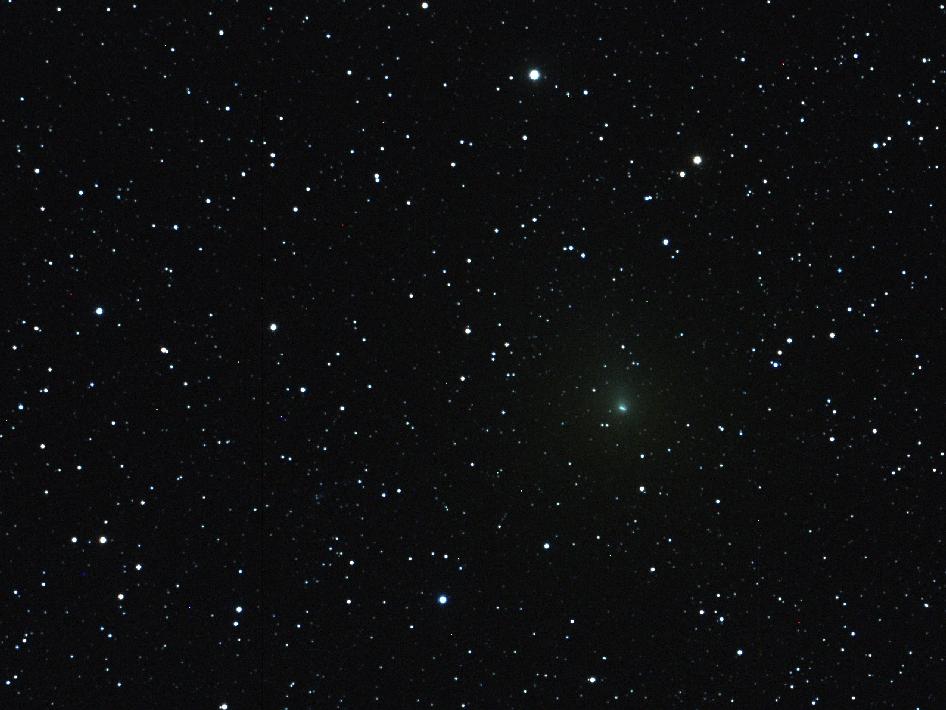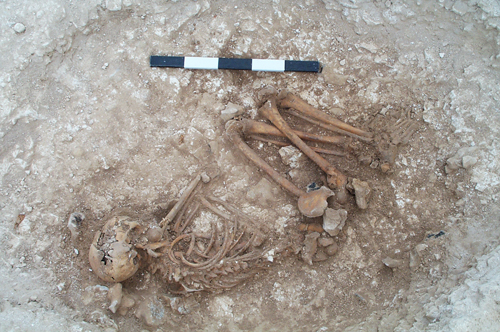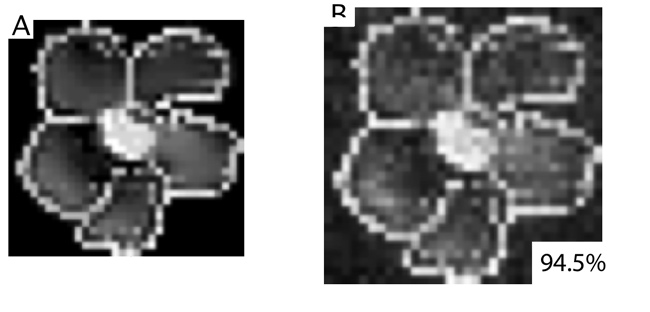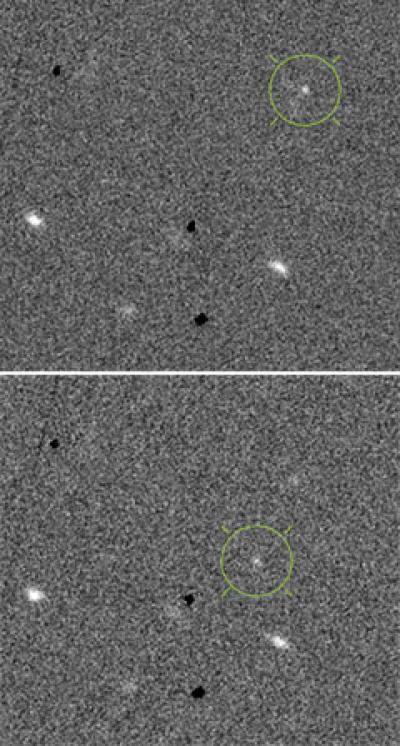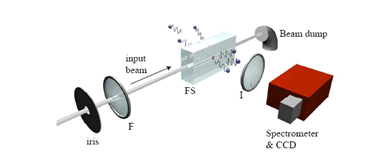
© Technology Review, MIT
Hawking predicted it in 1974. Now physicists say they've seen it for the first time.
For some time now, astronomers have been scanning the heavens looking for signs of Hawking radiation. So far, they've come up with zilch.
Today, it looks as if they've been beaten to the punch by a group of physicists who say they've created Hawking radiation in their lab. These guys reckon they can produce Hawking radiation in a repeatable unambiguous way, finally confirming Hawking's prediction. Here's how they did it.
Physicists have long realised that on the smallest scale, space is filled with a bubbling melee of particles leaping in and out of existence. These particles form as particle-antiparticle pairs and rapidly annihilate, returning their energy to the vacuum.
Hawking's prediction came from thinking about what might happen to particle pairs that form at the edge of a black hole. He realised that if one of the pair were to cross the event horizon, it could never return. But its partner on the other side would be free to go.
To an observer it would look as if the black hole were producing a constant stream of quantum particles, which became known as Hawking radiation.
Since then, other physicists have pointed out that black holes aren't the only place where event horizons can form. Any medium in which waves travel can support an event horizon and in theory, it should be possible to see Hawking radiation in these media too.
